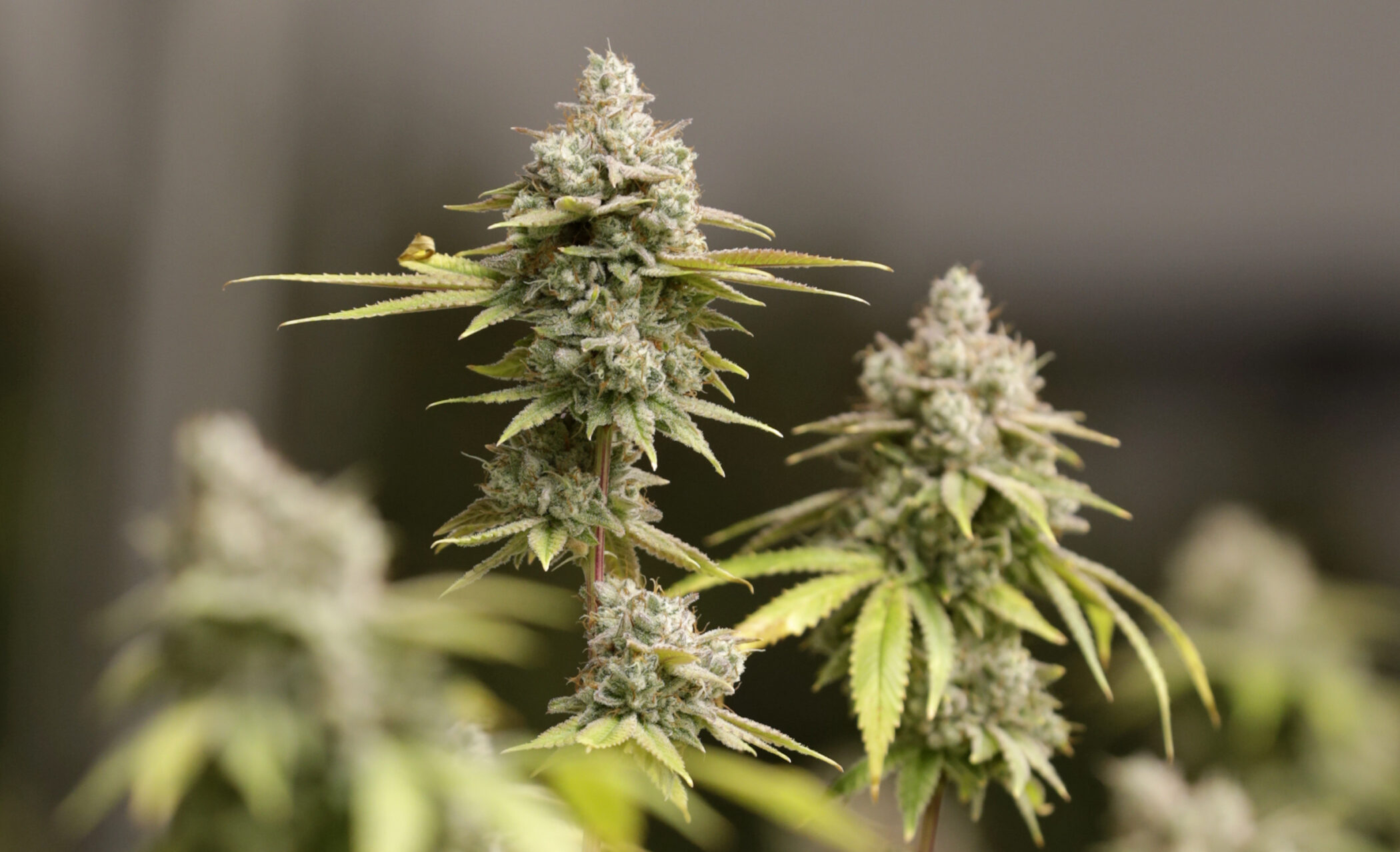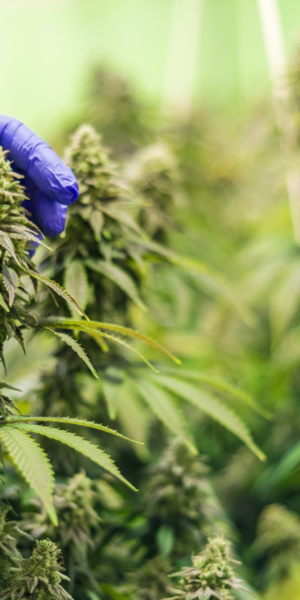Ohio’s Cannabis Revenue Trends Offer Strategic Guide for Pennsylvania
LOS ANGELES- As Pennsylvania moves closer to legalizing adult-use cannabis, Ohio’s first-year revenue data and regulatory experiences offer critical insights. Since launching sales in August 2024, Ohio has generated approximately $540 million in cannabis revenue from nearly 82,000 pounds sold and over 7.5 million transactions, according to state data. These figures suggest a strong consumer market and fiscal potential, informing Pennsylvania’s ongoing budget discussions, which now include projections of cannabis tax contributions.
Yet Ohio’s rollout also reveals operational and policy challenges. The state imposed a 10% excise tax atop existing state and local sales taxes, directing funds toward public health and social equity programs. While effective in raising funds, the combined tax burden has raised concerns that high retail prices could sustain a parallel illicit market—an issue Pennsylvania lawmakers are being urged to anticipate. Additionally, Ohio’s decision to prioritize existing medical cannabis license holders during the adult-use expansion limited market diversity and slowed retail expansion, a bottleneck that Pennsylvania could avoid by implementing a phased, open-access licensing structure.
Municipal autonomy has further fragmented Ohio’s market, with some localities opting out of permitting dispensaries. This patchwork of availability has led to inconsistent consumer access and skewed economic benefits. Pennsylvania may benefit from setting clearer guidelines or offering incentives for local jurisdictions to participate in the legal market. Moreover, while Ohio’s revenue performance is promising, fiscal analysts note the importance of balancing tax policy with affordability, warning that overly aggressive tax models may undercut long-term market stability.
For Pennsylvania, Ohio’s experience serves as both a fiscal benchmark and a cautionary tale. Lawmakers have the opportunity to design a legal framework that incorporates lessons on tax structuring, equitable licensing, local governance, and sustainable growth—while aligning cannabis policy with broader public health and economic development goals.


































